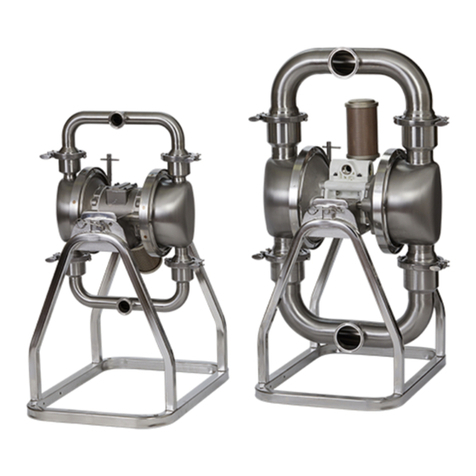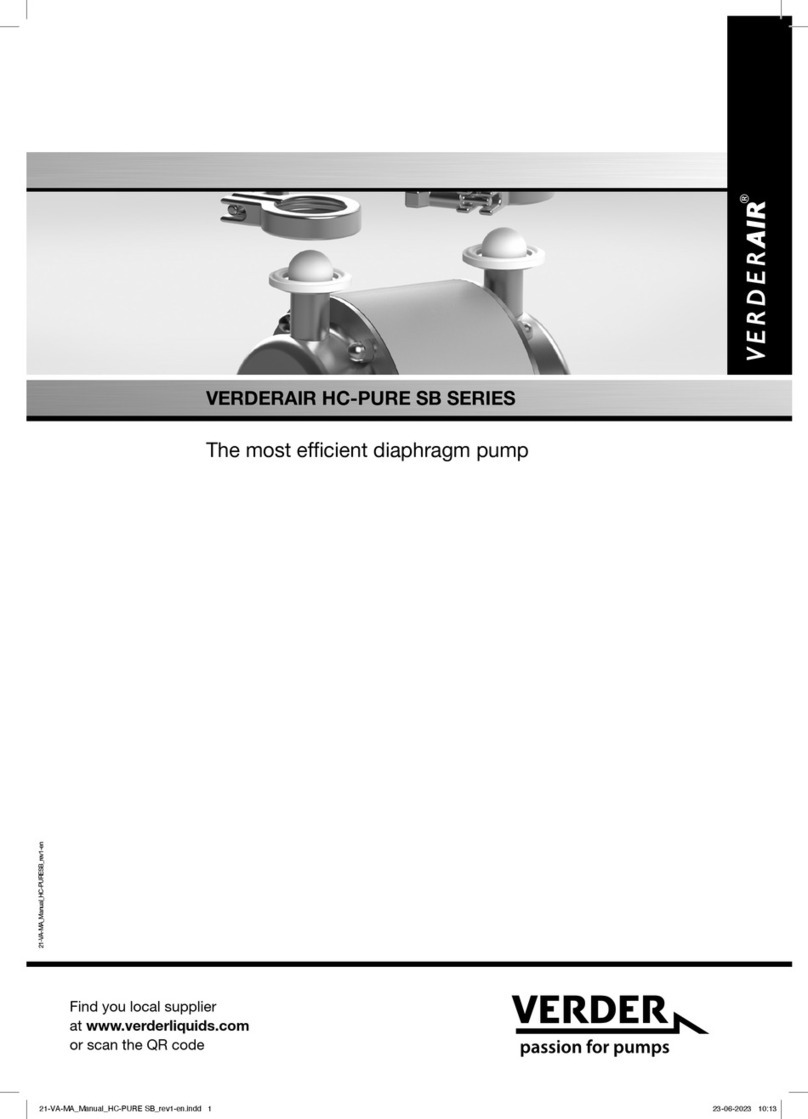VERDER Packo ZP Series User manual
Other VERDER Water Pump manuals

VERDER
VERDER HI-CLEAN VA-H20 User manual
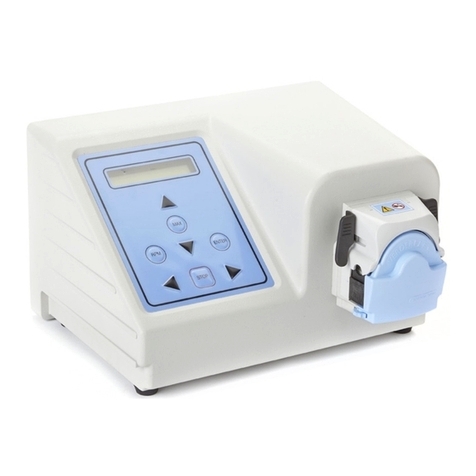
VERDER
VERDER Verderflex Vantage 3000 C Series User manual
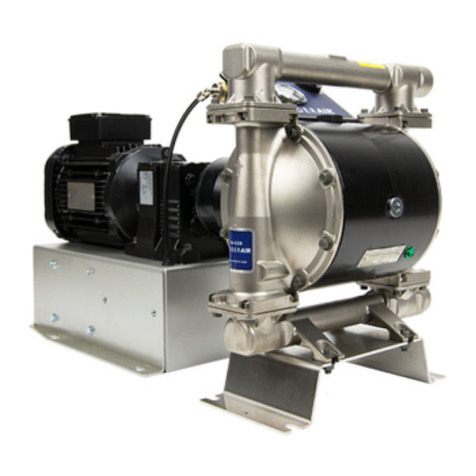
VERDER
VERDER VERDERAIR VA-EH50 Instruction Manual

VERDER
VERDER VERDERAIR VA 25 Operation manual

VERDER
VERDER AIR VA 25 Operation manual
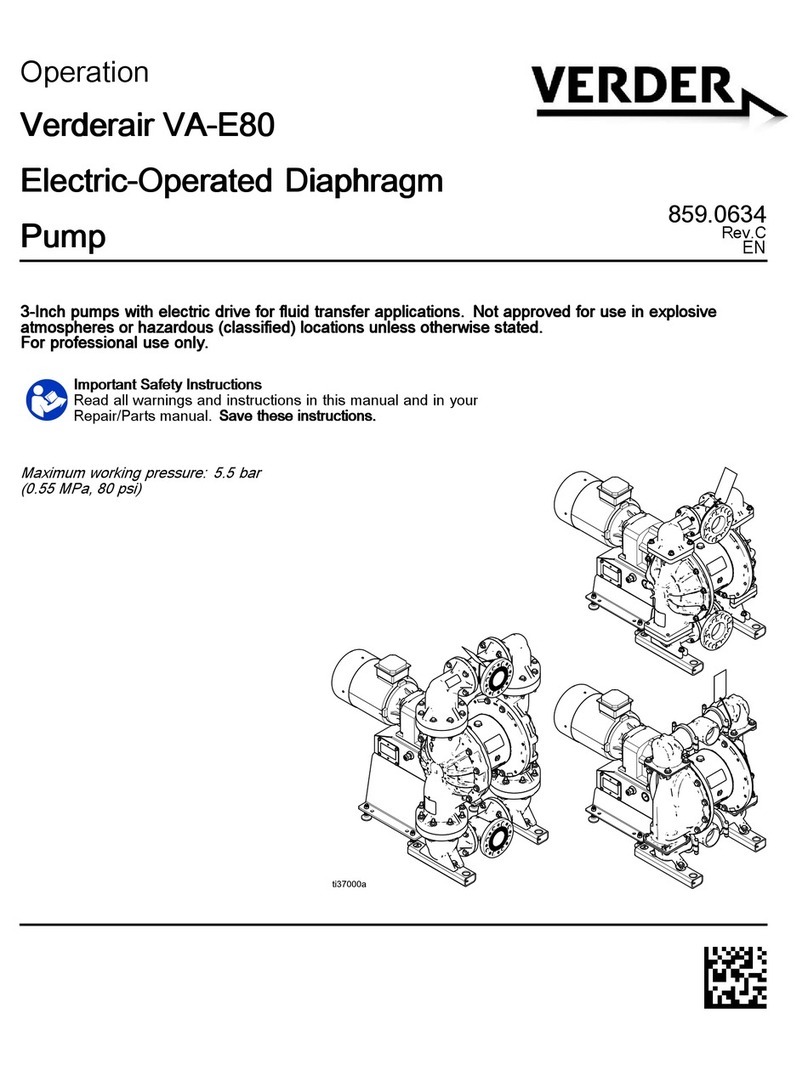
VERDER
VERDER Verderair VA-E80 Instruction Manual
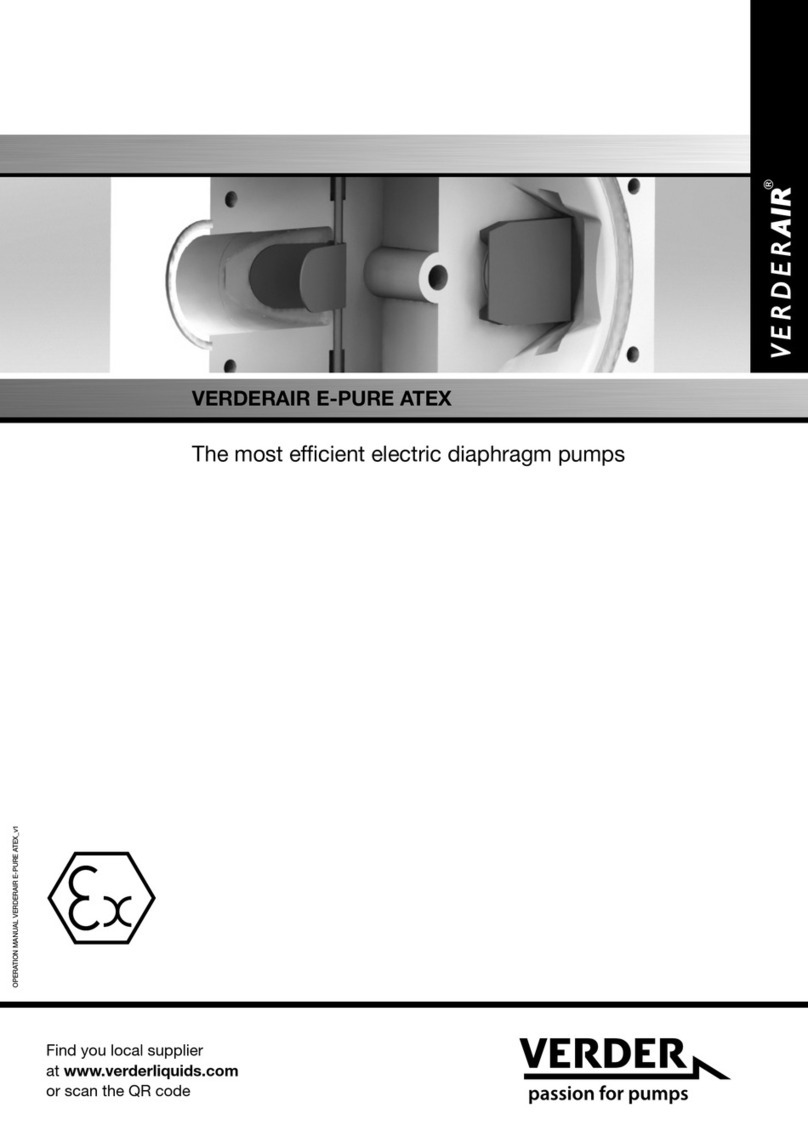
VERDER
VERDER VERDERAIR E-PURE ATEX User manual

VERDER
VERDER Verderair VA 50 Use and care manual
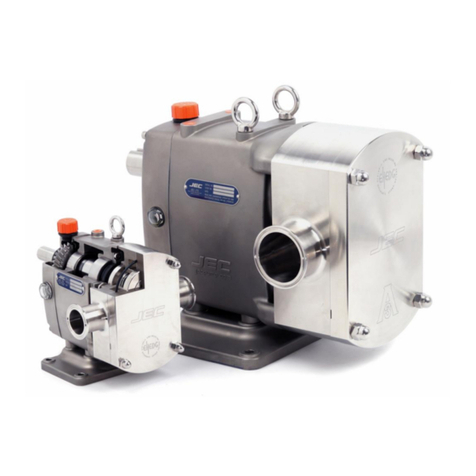
VERDER
VERDER JEC JRZP Series User manual

VERDER
VERDER VERDERAIR VA 40 Datasheet

VERDER
VERDER HI-CLEAN VA-2H80HE Instruction Manual
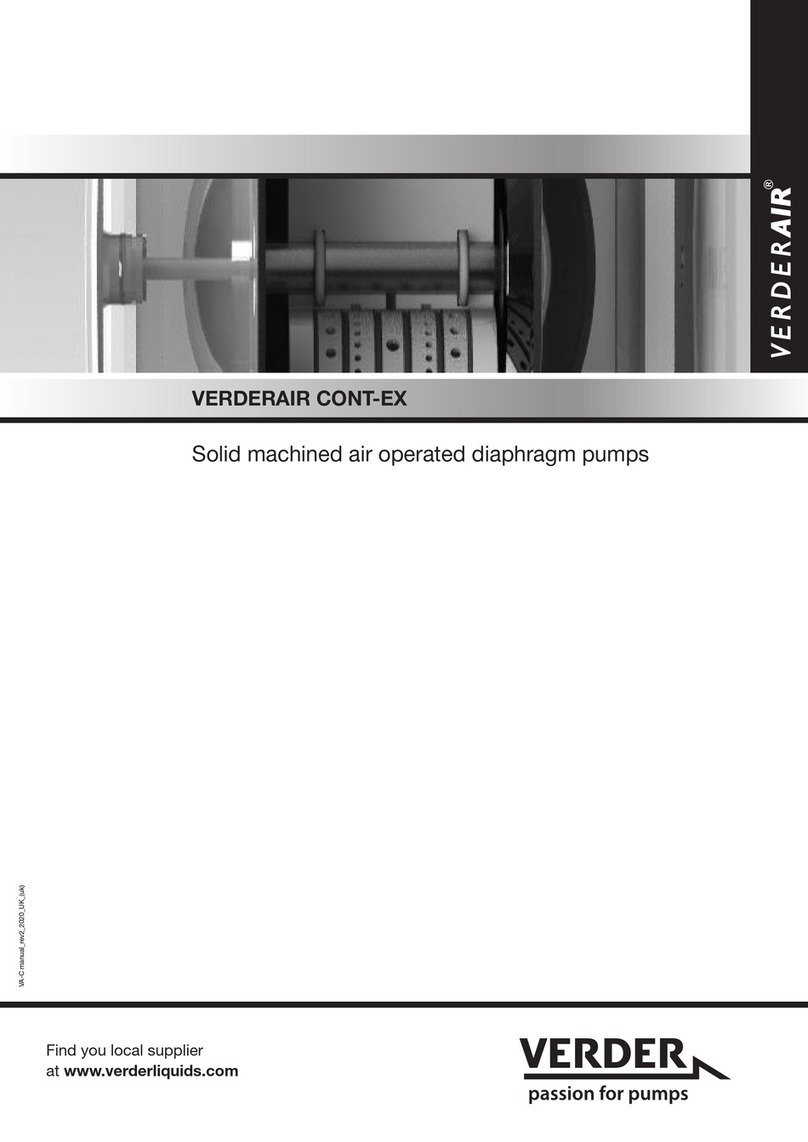
VERDER
VERDER VERDERAIR CONT-EX User manual
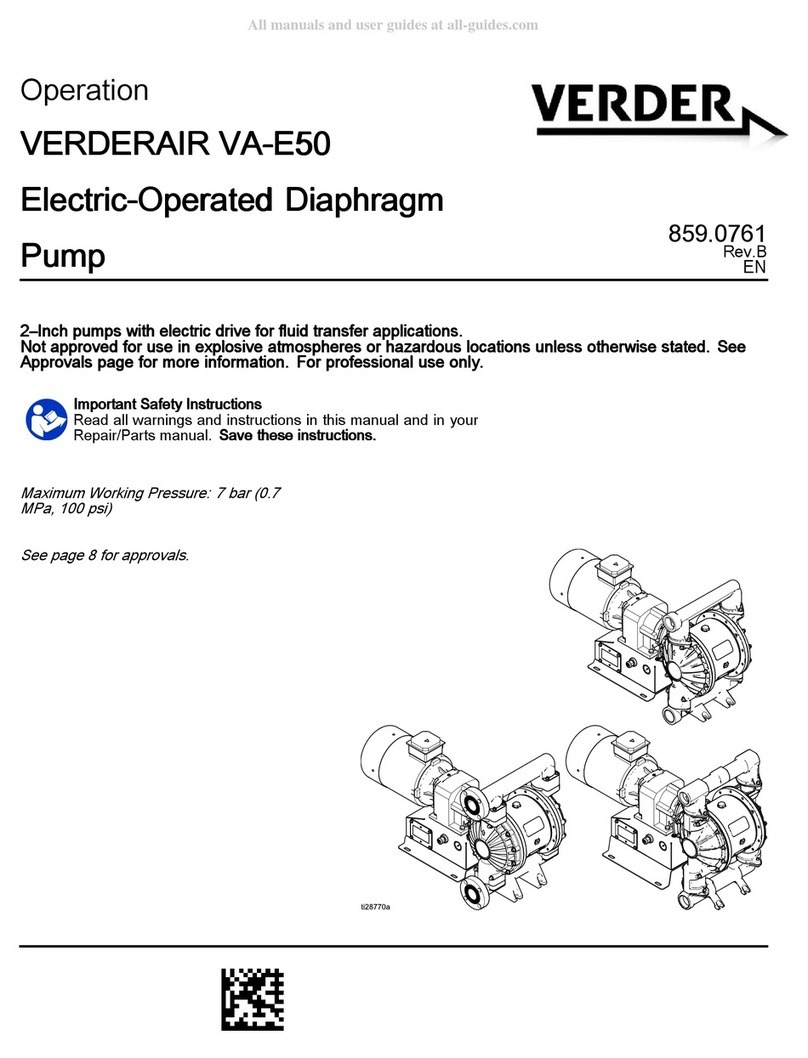
VERDER
VERDER VERDERAIR VA-E50 Instruction Manual
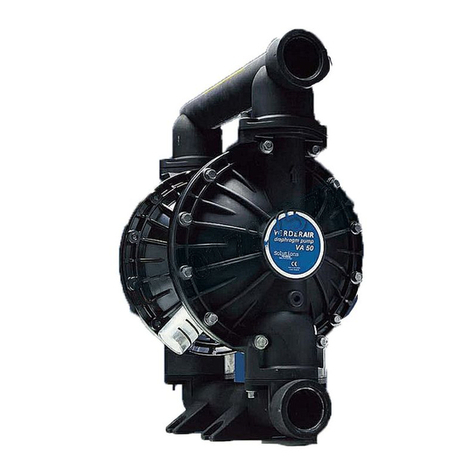
VERDER
VERDER VA 50 Operation manual
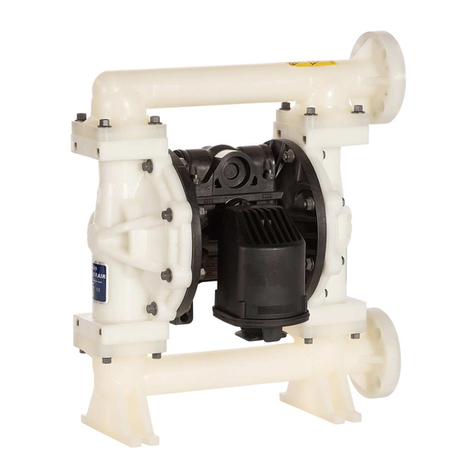
VERDER
VERDER VERDERAIR VA 25 User manual
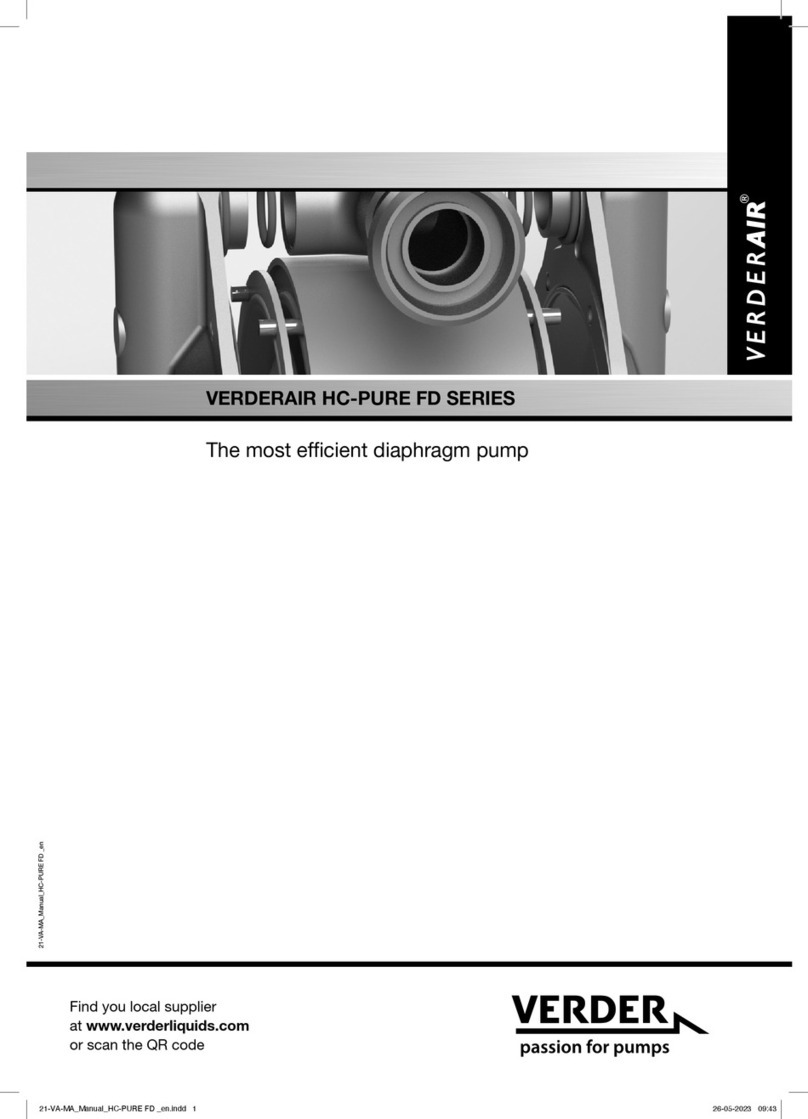
VERDER
VERDER VERDERAIR HC-PURE FD Series User manual

VERDER
VERDER AIR VA 8 810.6012 Operation manual
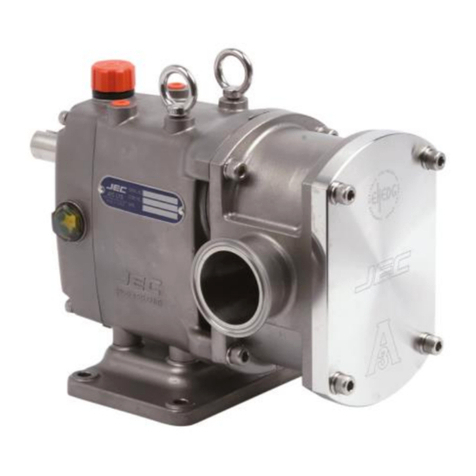
VERDER
VERDER JEC JRZW Series User manual

VERDER
VERDER HI-CLEAN VA-2H80 Use and care manual
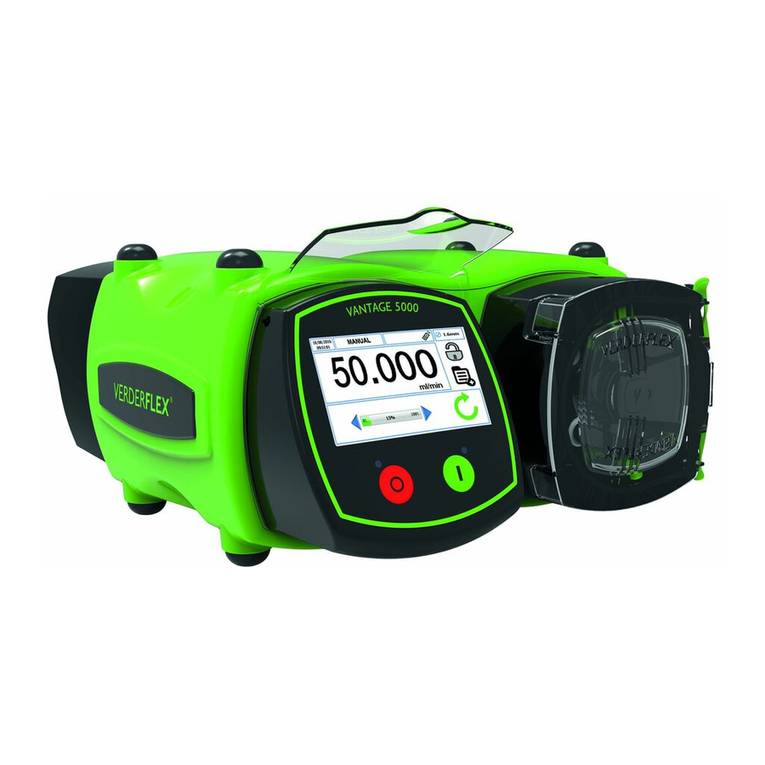
VERDER
VERDER Verderflex Vantage 5000 User manual
Popular Water Pump manuals by other brands

DUROMAX
DUROMAX XP WX Series user manual

BRINKMANN PUMPS
BRINKMANN PUMPS SBF550 operating instructions

Franklin Electric
Franklin Electric IPS Installation & operation manual

Xylem
Xylem e-1532 Series instruction manual

Milton Roy
Milton Roy PRIMEROYAL instruction manual

STA-RITE
STA-RITE ST33APP owner's manual

